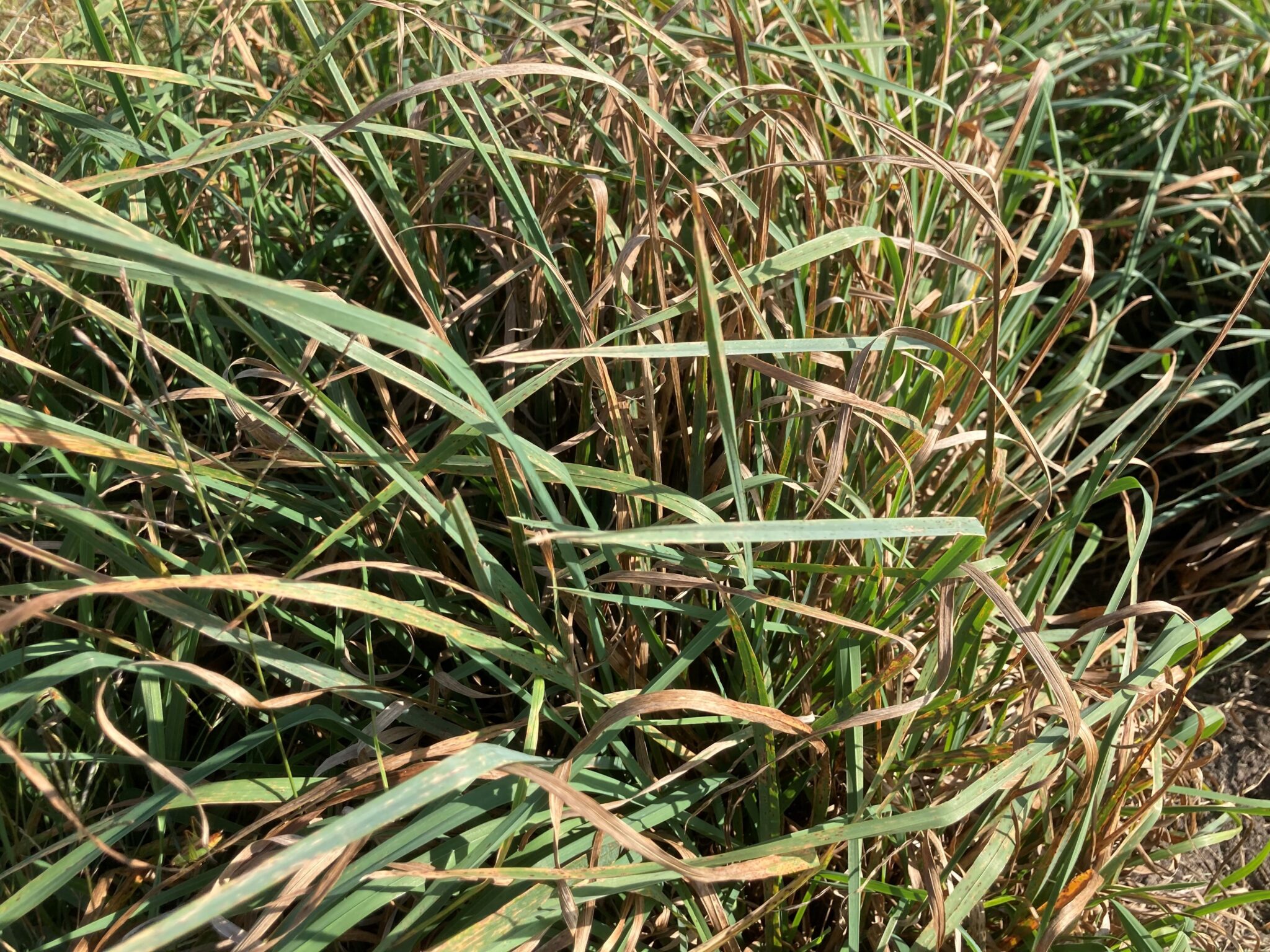To reach full potential of the forage part of the business, Mother Nature must comply with provision of excellent growing conditions, but the manager (you) must be part of a successful team with Mother Nature and professionals, too. Employing a proper soil fertility program, seeding at a proper time, using a correct seeding rate, and harvesting/grazing at the right growth stage are part of the decisions that need to be made. Crop scouting and following through with management decisions during the growing season are critical to success. But before all of the above can be done, deliberating what forage species and varieties within a forage species will be used to renovate an existing stand or establish a new hay or pasture field need to be done, too. The things I ultimately consider when seeding perennial forages are yield, quality and persistence. Summer-annual forages can’t survive winter temperatures, but potential yield and quality are critical to most success.
Regarding proper forage species selection, it is important to determine what the intended use of the forage will be and whether is best adapted to the soil type and soil drainage where the forage is to be sown. After the forage species are selected, it is time to select the varieties within the species. The most important thing I can convey today about forage species/variety selection is to seek the help and advice of a seed company employee, consultant, or educator that has a passion for forages and has an understanding of forage agriculture. I would be uncomfortable selecting a “VNS” variety. “VNS” stands for “Variety Not Stated”. With these words there is no understanding of the genetic potential of the seed in the bag. Cost of seed purchased is an important decision, but don’t let that drive the final decision without full consideration of potential yield, crop quality, and persistence of stand.
The importance of variety selection is very evident with the orchardgrass photographs that accompany this article. One orchardgrass variety had as much brown tissue as it did green. Leaf disease was abundant. Another variety was greener and more photosynthetically active. Yield and quality were obviously superior in the greener variety. Both were orchardgrass, but the difference in response to disease pressure was huge. Which would you rather be growing? Taking the time to learn about the differences in yield, quality and persistence among varieties is worth the effort! Some of you will be seeding perennial forages in August and early September. Other producers may be seeding cover crops that will be used by livestock as pasture, hay, or silage after corn is harvested as silage or corn and soybean grains are trucked off to storage. Start making forage species/variety selection and purchase decisions now; not on the day that seeding occurs!




